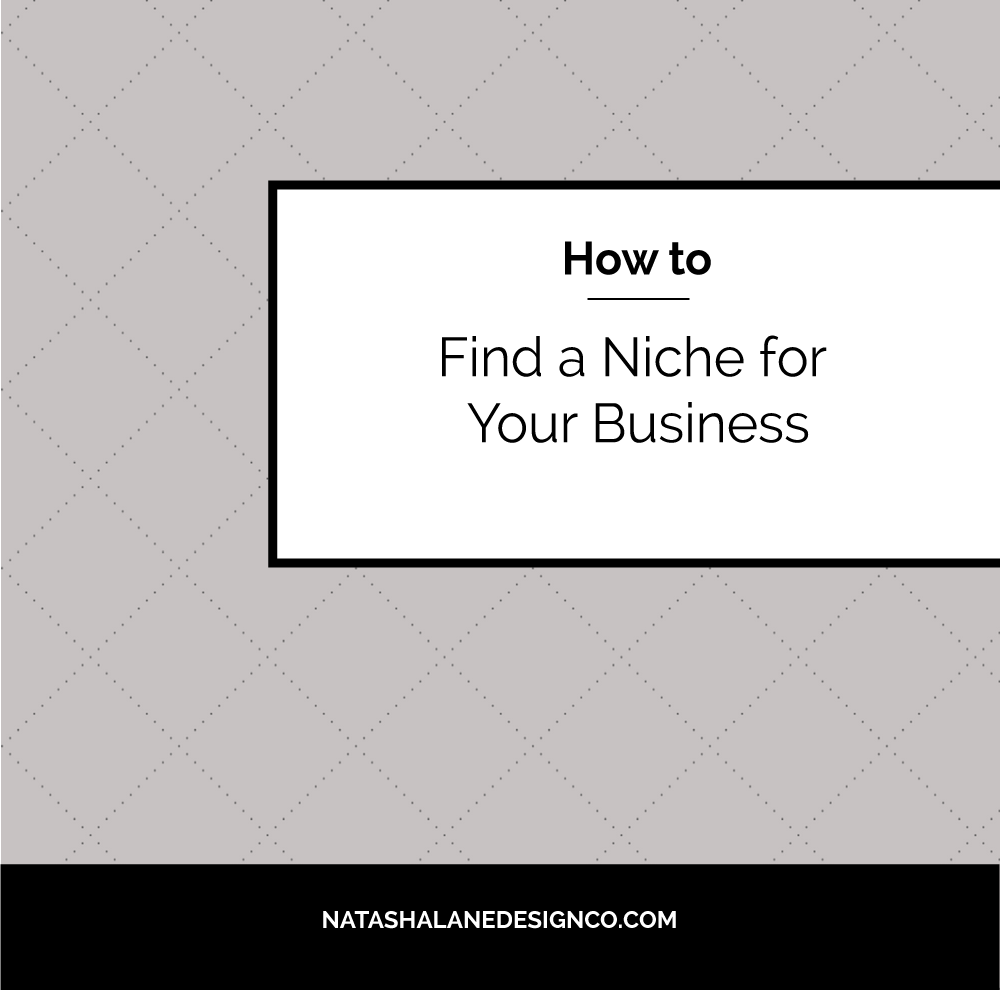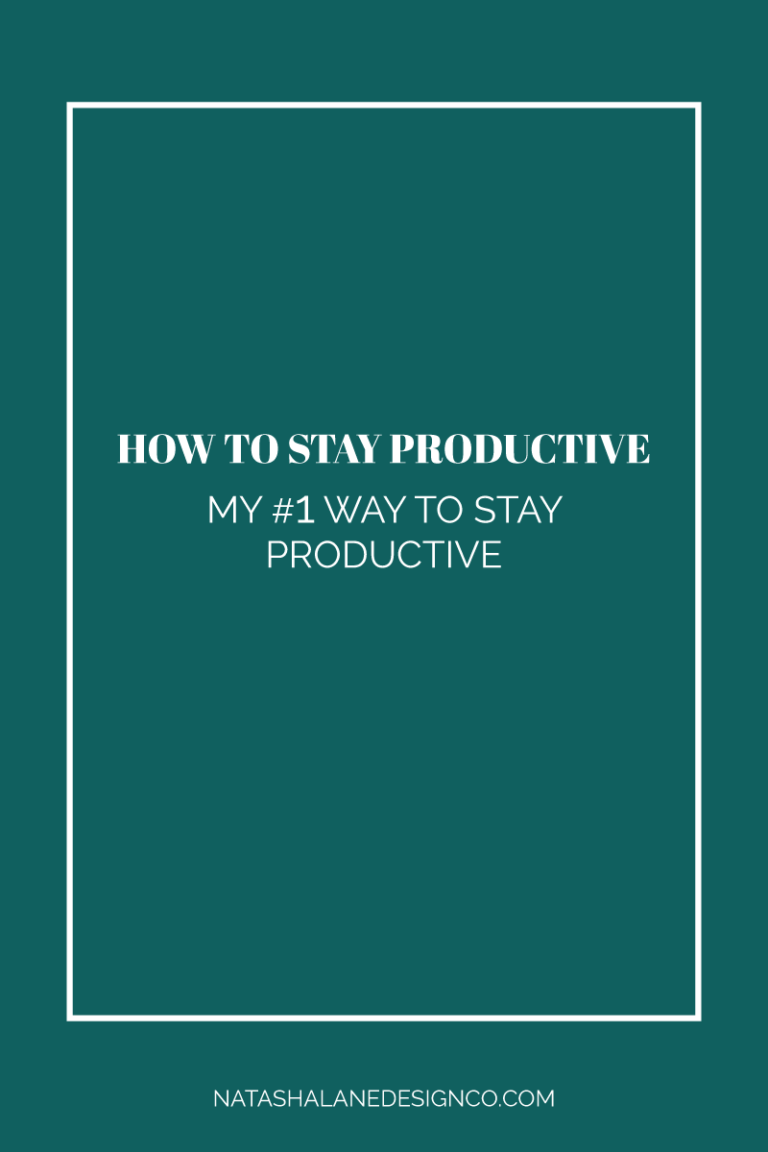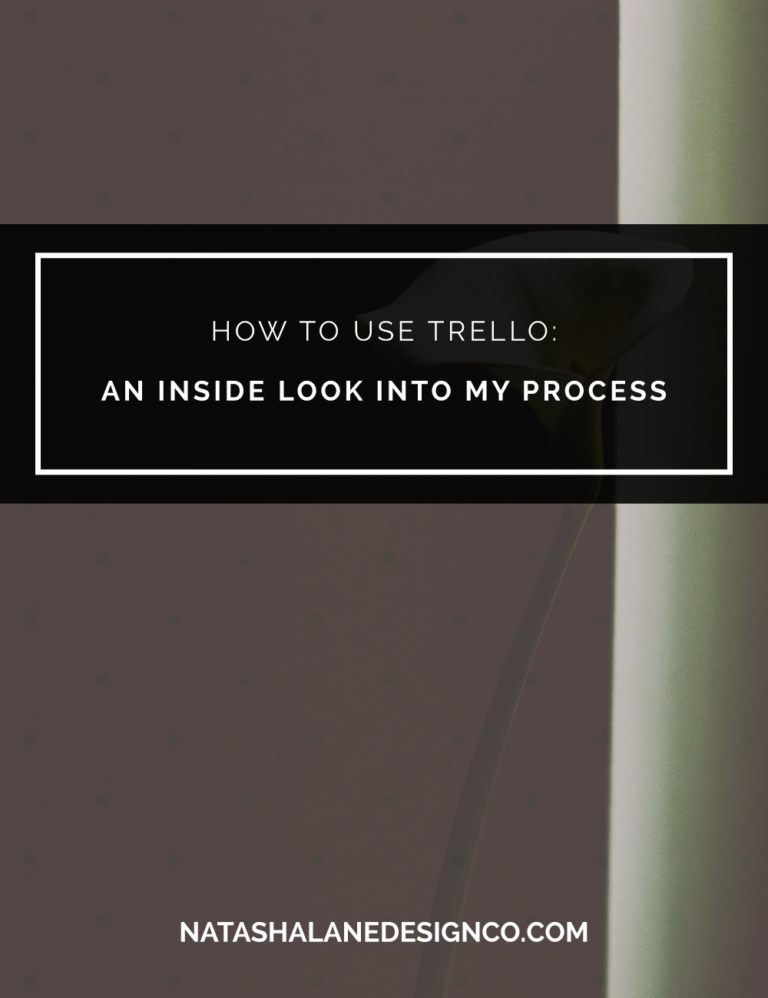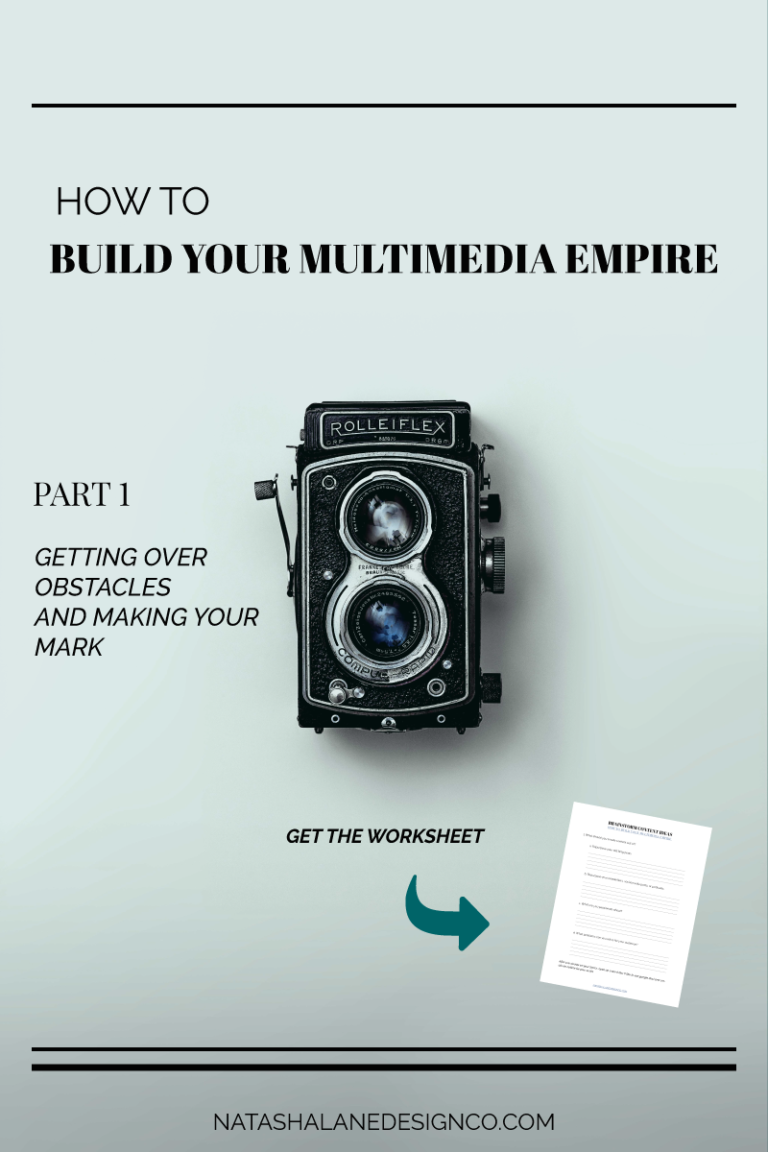
One of the hardest things to do is find a niche for your business. I know when I was thinking about starting my business, I wanted to do everything from editing videos, creating digital products like journals and wedding cards, physical products like coffee mugs and workbooks, along with designing brands and websites.
This was too much, and would probably hinder my business productivity. If I wanted to be productive and be known for something, I needed to find my niche. Here are some ways to narrow down your niche.
Find your talent
Do you know what you’re good at? If so, write or type a list of all your talents. This can include all the things you have a degree in, what you’re certified for, and things that you are passionate about or have an interest in.
The difference between a job and a hobby
After listing all your talents, ask yourself ‘Will I be able to do this as a job or is it just a hobby?’. This question alone helped me cross out a lot of my ‘talents’.
For example, I have written scripts for people and revised scripts as a job, but if I hate a script, I know I would drag my feet until the due date. The same thing for creating videos. If I hate the subject matter, I know that I won’t be able to do it. Those are hobbies, not what I want as a career.
Determine Profitability
Now when you’re thinking about your talents, think ‘Is this profitable?’. If I started creating videos, I would have to have a camera, microphones, lighting equipment, editing equipment and so on. It would be very expensive.
Not only that, my time is money. Do I want to spend my time setting up the equipment, working with actors or setting up interviews, searching for stock videos and stock photos, editing out mistakes, and so on? The answer is no. I would want a whole team for projects like this, so this isn’t profitable for a beginner without a team.
Stake out the competition
Once you determine your workability and profitability, now it’s time to spy on the competition. Who do you admire? Why do you admire them? What is their niche?
The point of this mission is to see how they run their business, NOT to steal their work. You’re only getting ideas for your business. The other thing I like to ask myself is, ‘How can I make this better?’
I used to follow different blogs on bloglovin. There was a blog for career women that I thought was a cool idea. Unfortunately, I stopped following them because I thought their blog posts were limited and always left me unsatisfied.
If I had the manpower, I would definitely create my own blog for career women and create what I expected that blog to be. What I mean is the idea was awesome, but the execution was disappointing. When you see something like that, take note of what not to do or how to make it better.
Differentiate yourself from the competition
The last thing you have to do is ask yourself, ‘How can I differentiate myself from the competition?’ You don’t want to do the same thing as someone else.
The main two ways are to differentiate your style and your audience. Just because I create logos, branding, and websites doesn’t mean my style is the same as everyone else.
For example, there are a few designers that I follow. I love their work, but their designs are too flowery and girly for me.
I don’t know if I mentioned my classmate in a previous post, but all his designs were flat, 2D illustrations. No matter what type of project we would create, he would always have the same flat, clean, illustration. I loved all his work, but it wasn’t my style.
The other way to differentiate is by your target audience. Those designers with flowery designs that lacked geometric shape are geared towards women. Their target audience are probably women between the ages of 21-35 who love romantic comedies like ‘Letters to Juliet’ and so on.
My classmate’s work was mostly geared towards men. The colors and subject matter he chose for his projects wouldn’t appeal to that many women.
Now you should have an idea of what you want your niche to be. What’s your niche? How did you choose your niche? Let me know in the comments below.
– Paigon | Natasha Lane Design Co.















